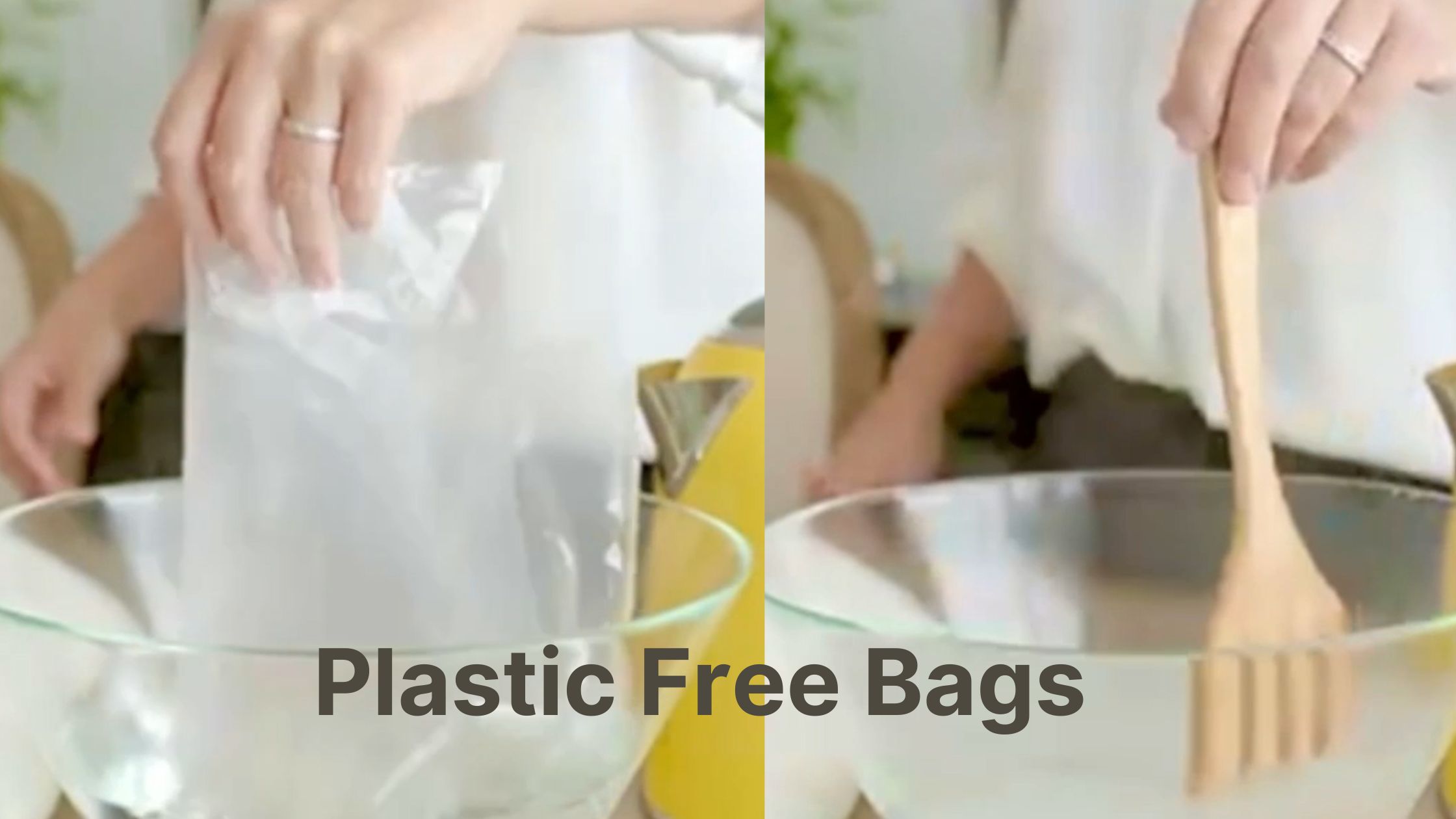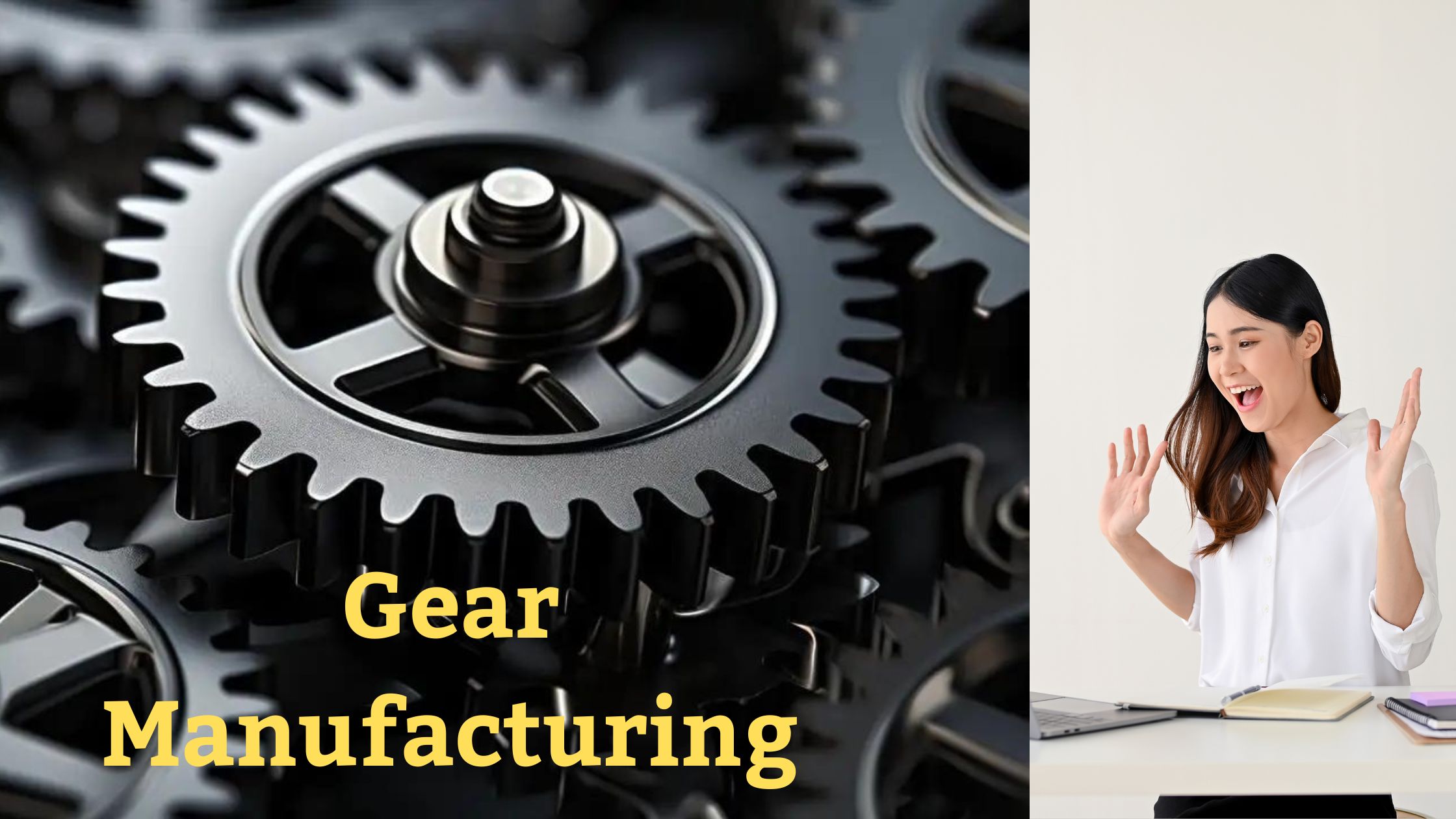Simplifying Safety Barrier Systems: Making Informed Choices for Your Warehouse
Experts from the IWS Group of Companies recently convened for a webinar to discuss the significance of safety barrier testing and how to choose them wisely. Specifically, the importance of the PAS 13 impact rating, selecting the appropriate impact protection for your warehouse hazards, and reducing the costs of upkeep and repairs.
In addition to offering insightful analysis, this piece seeks to provide warehouse decision-makers, facilities managers, and health and safety specialists with a concise overview of the main topics covered in the webinar.
Read More: The Future of First Human AI
Recognizing the Significance of PAS 13.
The Health and Safety Executive and the British Standards Institutes created PAS 13, a worldwide recognized guideline. It acts as a standard for safety Barrier Systems that are employed in industrial settings.
It was clarified that the basis for IWS Group’s product testing to benchmark and confirm that their barriers adhere to PAS 13 is the application of the PAS 13 BSi advice. Further to obtain additional confirmation from a third-party testing organization like TÜV Nord.
Impact testing is required for both horizontal barriers and vertical posts under PAS 13, guaranteeing complete compliance. Testing entails applying pressure to the barriers and gauging the force transmission and deflection. Customers may be certain in the dependability and caliber of the safety barriers they select since they meet PAS 13 criteria.
Selecting the Appropriate Impact Protection for the Particular Warehouse Danger You Face
Safety barriers are essential for safeguarding people, things, and inventory in warehouse settings. It was brought out, nonetheless, that selecting the best safety barrier system and navigating the market might be difficult tasks. It was decided that decision-makers needed to have a complete understanding of their warehouse environment and the regions that require protection before choosing safety barriers.
This entails locating deflection zones, stock zones, and walkways. Deflection zones, which take into consideration the distance a barrier will deflect upon hit, are crucial for guaranteeing people’s safety. Deflection zones are provided by different manufacturers according to different forklift kinds, speeds, and weights. Comparing barrier test results is essential, but it might be difficult since many of them are not comparable because they are not third party accredited or because they do not test to PAS 13. Determining the best solution for a particular warehouse requires asking the appropriate questions and consulting with specialists.
Testing Data Simplified
It can sometimes be difficult to understand testing data, particularly when it contains technical terminology like energy and kilojoules. In order to tackle this problem, the webinar attendees presented a streamlined method known as “Safety Simplified.” This method gives clients clear information about the real-world energy levels that their goods can endure. Customers may simply understand safety barrier performance and determine which best suits their needs by knowing the maximum weights and speeds of their forklifts.
Preventing Over-Engineering and Underperformance Expenses
The webinar covered the typical problems that consumers in the market run into when they choose safety barrier systems. There are several safety barrier systems available on the market, each with a different price and level of functionality. Products that are “over-engineered” should be avoided since various settings have varied requirements. For instance, compared to inside a warehouse, an airport may have significantly greater requirements for barrier performance and specifications. Buying inexpensive, untested goods might also lead to frequent replacements and decreased safety. Consequently, it is essential to spend money on safety barriers that meet the unique requirements of a business.
Lead Times and Availability
Lead periods from building or continuing risk management of an already-existing workplace might have a substantial influence on the warehouse’s growth timeline. The need of checking lead times before making a purchase—which may frequently range from a few weeks to several months—and factoring this information into your risk management strategy and planning was emphasized.
The audience was reassured by the panelists that Brandsafe®’s proven safety barrier products had an average lead time of four weeks. As a UK-based manufacturer, Brandsafe® has made investments in its production process to effectively satisfy client demands. The company has warehouses located in the UK, Central Europe, and the USA to ensure prompt response times and global product availability.
Reducing the Expense Of Upkeep And Repairs
The panelists all agreed that danger, durability, and cost must all be carefully taken into account when selecting the best safety barrier system for a warehouse. Additionally, it was made evident that selecting polymer barriers over metal has a number of advantages.
Unlike metal barriers, the flexible Brandsafe barrier design and polymer substance are intended to absorb the impact stress, away from a car and ground anchoring to minimize damage and repair time.



